Are there railroad jobs in Minnesota? There sure are. In fact, you have a very high chance of getting a class I job in the state. This is because Minnesota is home to four big class I railroads. This includes BSNF, Canadian National, Canadian Pacific, and Union Pacific.
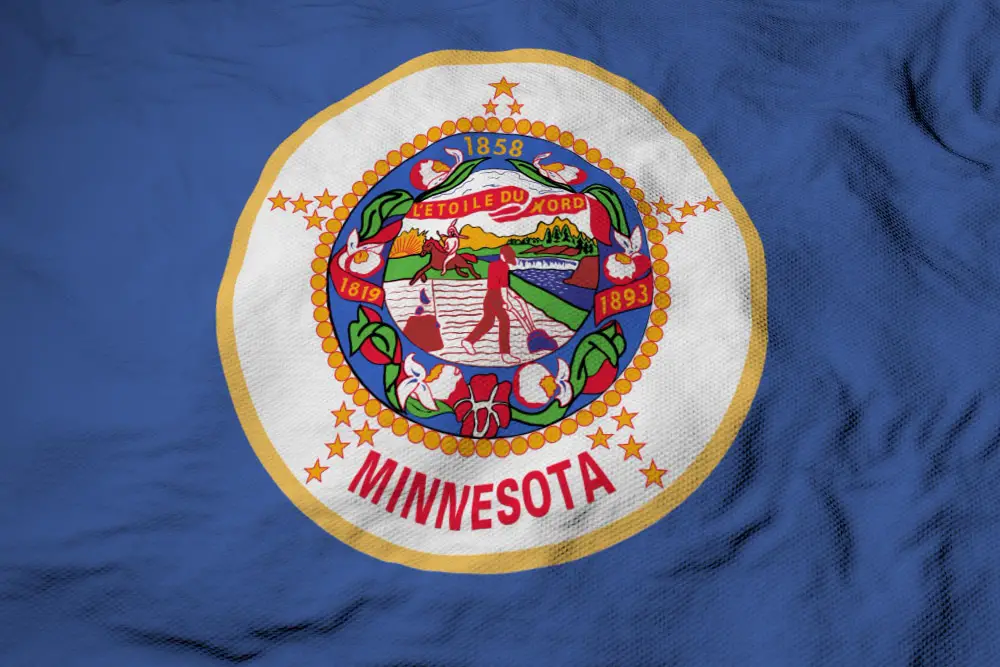
And, that’s not all. The state also houses two regionals and numerous shortline railways. Overall, Minnesota runs a total of 4,600 miles of track.
So, if you’re looking to start your railroad career, it is a great place to start. Plus, the state has a brief and unique history of its railroads. Minnesota is regarded as a portal toward the Pacific Northwest. And it holds a big and diversified haul category.
It played a good role in the growth of the state back then. Until now, it is still a contributing factor to the growing economy.
And overall, Minnesota is a great area to reside. It boasts a low unemployment rate, fantastic education, and great housing. It is often ranked among the best places to live in the world.
We’re here today to help you with your job hunt in Minnesota. In this post, we present the different active railroad companies you can work for. Moreover, we tackle the condition of the railroad economy in the state. Plus, we give you some pros, cons, and tips for being a Minnesota railroader. Let’s get started!
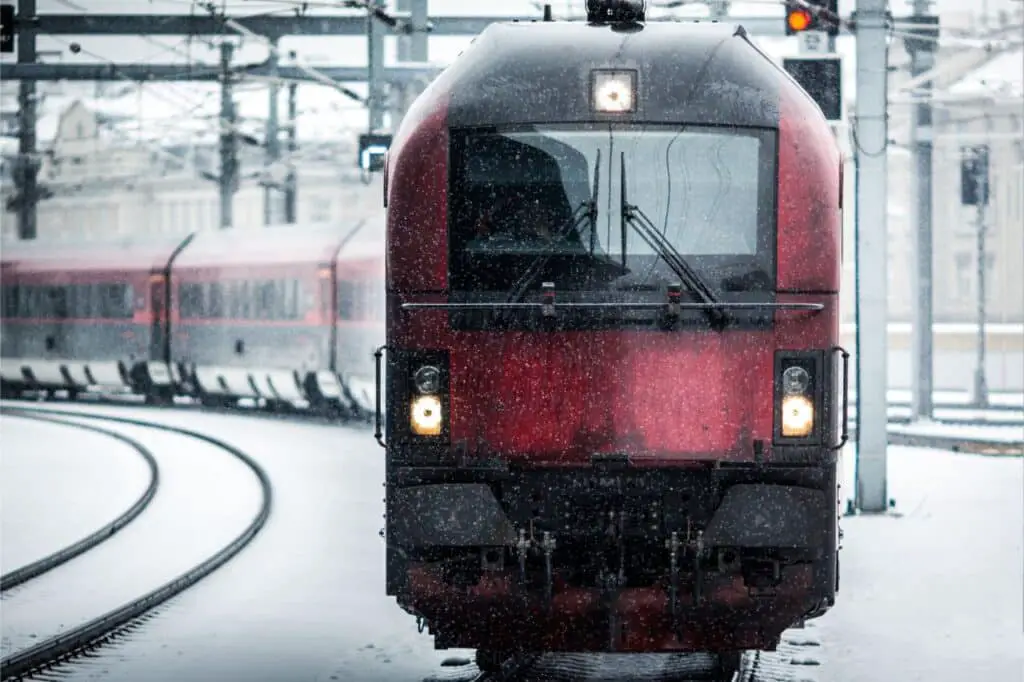
Railroads In Minnesota: History and Impact On The Economy
St. Paul & Pacific Railroad was the first to build railways in Minnesota. During the 1860s, these railroads connected St. Paul with St. Anthony (currently Minneapolis). In all, the routes covered a course of around ten miles.
In fact, St. Paul & Pacific Railroad predates even the Minnesota & Pacific Railroad. The state assembly established this in 1857 to benefit from federal property concessions.
Actually, no tracks were ever constructed by Minnesota & Pacific Railroad. However, the company planned its route before being renamed, St. Paul and Pacific. Much of this was brought on by financial hardship.
From here, some companies constructed railways. When the state was at its peak, it ran 4,600 miles of track. During this time, the state was a special place for railways. It offered an agricultural landmark. And as stated above, it paced the way for cities to the northwest.
Moreover, early Chicago-based railways focused on Minnesota. And St. Paul & Pacific sought to expand eastward from the Twin Cities region.
However, the state simply had too many tracks. Minnesota experienced a loss in railroad networks in the 1920s. It has a couple of abandoned railways today and a few abandoned cabooses too.
But, the main lines remained, and play a big role in the economy.
Impact of Railroads In Minnesota’s Transportation Sector
Minnesota’s rail infrastructure is more comprehensive than other states. Minnesota’s railways link to various transport systems around the United States. It also runs through Canada & Mexico too.
Besides that, the state’s railways haul a billion dollars in commodities yearly. This includes forestry, agriculture, grain, food, fertilizer, and more.
Twin Cities serves as a significant junction hub too. Here, products can be discharged or shifted to different lines. Because of this, businesses can distribute their products locally and internationally.
In 2013, Minnesota’s GDP grew at one of the quickest rates in the United States. Transporting goods was essential in a developing economy.
Moreover, the state’s rails minimized traffic on city highways. Railways also saved repair and maintenance costs. In fact, in 2011, Minnesota’s railways saved 33 million dollars in maintenance expenditure on the state’s road and highway system.
There are a lot more factors that add up to these. However, by now, you can tell that Minnesota’s railways are an economic driver. And, you can be a part of this growing sector!

Things To Know Before Working A Railroad Job in Minnesota
Snow may occur from mid-October through March. Due to this, the winter season in Minnesota can be pretty harsh. So, working in the field might be a bit difficult.
This is one important thing you should know before working.
Being a railroader can quickly turn into a lifestyle. This is especially true if you take on a class I position. You might need to work 12-hour daily shifts. Additionally, there are unexpected schedules and locations.
Because of this, you might work away from home a lot. Plus, you don’t get to choose where you work. However, this depends on the company you work for. Not all Class Is have this kind of operational setup. Nevertheless, it’s best to set these expectations as early as now.
There are more stable and fixed schedules for class IIs and IIIs. So, if you’re not keen on working long hours, this is a good option. However, their perks and pensions do not come close to those of Class I employees.
Finally, the salary. The average railroader salary in Minessota is $51,800. However, this highly depends on several factors. This includes certifications, education, skills, and years in the field.
Ultimately, the decision is up to you. Knowing these factors can help you optimize your goals. You also get to narrow down your options better. And without further ado, here they are!
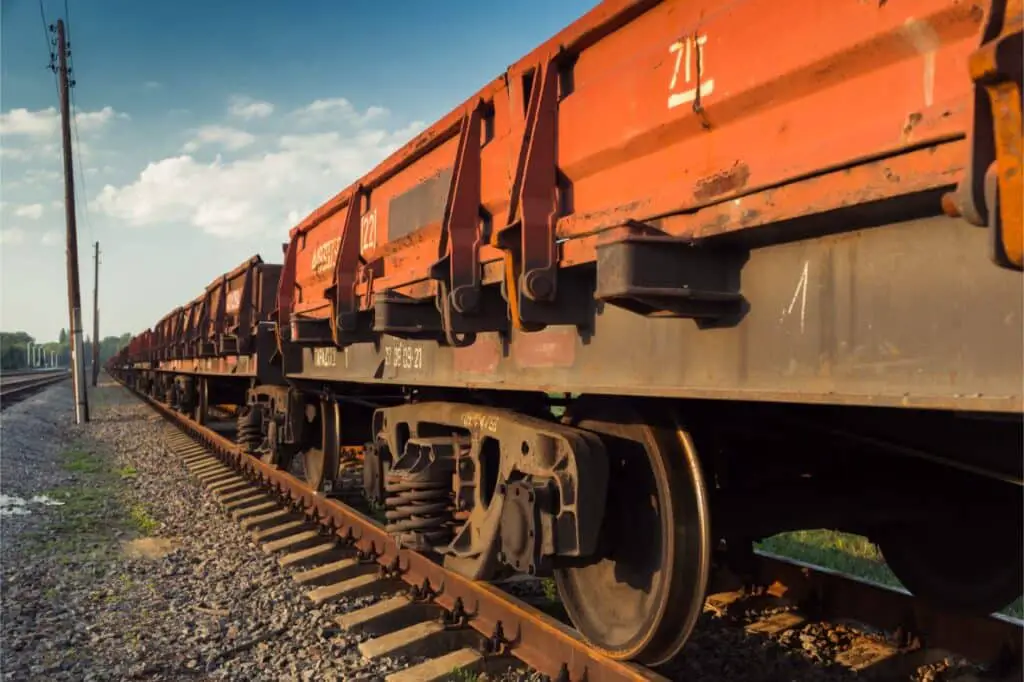
Class I Railroad Jobs in Minnesota
BNSF Railway
The BNSF Railway is a major North American freight railroad. It boasts a 32,500-mile rail network. They’re also present in 28 other states plus three different Canadian provinces. One of the most important functions of the BNSF is to deliver food and supplies.
They haul to regions all around the country and the globe. Moreover, they carry commodities safer and more effectively than highway methods. This is because they utilize less fuel and emit far less CO2.
Learn more about BSNF jobs by clicking here.
Soo Line Railroad (Canadian Pacific Railway)
This network was established in 1881. It had the purpose of geographically connecting Canada and its people. In terms of construction, the railway is one of Canada’s finest achievements.
Over time, the railroad expanded and incorporated many services and industries. SOO or Soo Line Railroad is its primary subsidiary. Its network also runs an impressive 4,700 miles of track.
Learn more about them by clicking here.
Canadian National
The CN workforce of nearly 24,000 railroaders moves over 250m CAD in commodities yearly. Because of this, they are essential to the economy. Additionally, they transport everything from raw materials to finished items to consumer items.
Their infrastructure runs a total of 20,400 miles of track. It connects Canada and some parts of the United States. Additionally, they are constantly one of the best employers in Canada.
Learn how to join the Canadian National team by clicking here.
Union Pacific
UP is one of the biggest transportation companies in the USA and as of June 24, 2022, Union Pacific was worth approx $135.52B!
They ship a wide and diversified range of freight. This includes food, cars, coals, chemicals, and more. Shipping capabilities are also not restricted to their network. They also ship to other railways all over the nation.
Their clients can additionally benefit from its ecologically-friendly transportation goals.
Want to join the Union Pacific? Search for available career opportunities here.
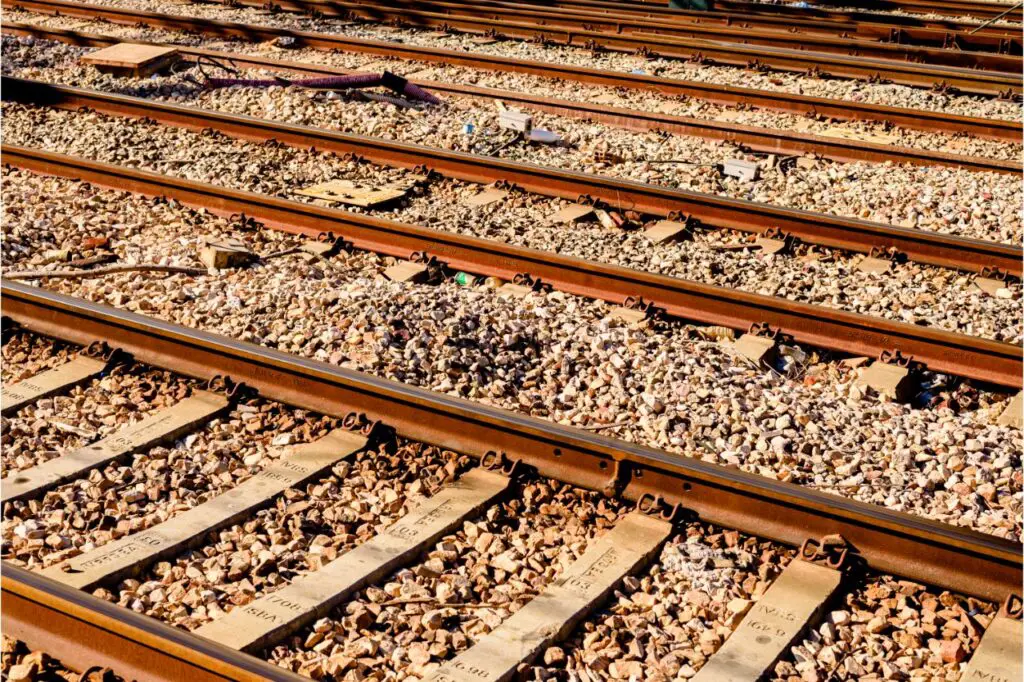
Railroad (Class II) Jobs in Minnesota
Northern Plains Railroad
This privately-operated regional serves most of North Dakota. Northern Plains Railroad makes up 400 miles of track. Most of their freight consists of Agri products.
Amazing career paths and compensation are also top priorities for this company. They provide a slew of benefits. These include education programs, scholarships, insurance, and more.
Plus, they’re constantly on the lookout for motivated individuals, join them today!
Learn more about their opportunities by clicking here.
Red River Valley & Western Railroad
The Twin Cities & Western Group owns this regional railway. In North Dakota, the Red River Valley & Western Railroad runs more than 600 miles of track. Lines from them are mainly found north of Wahpeton. Lines from it extend all the way to westernmost Minnesota. They have also got current openings on their website. Click here!
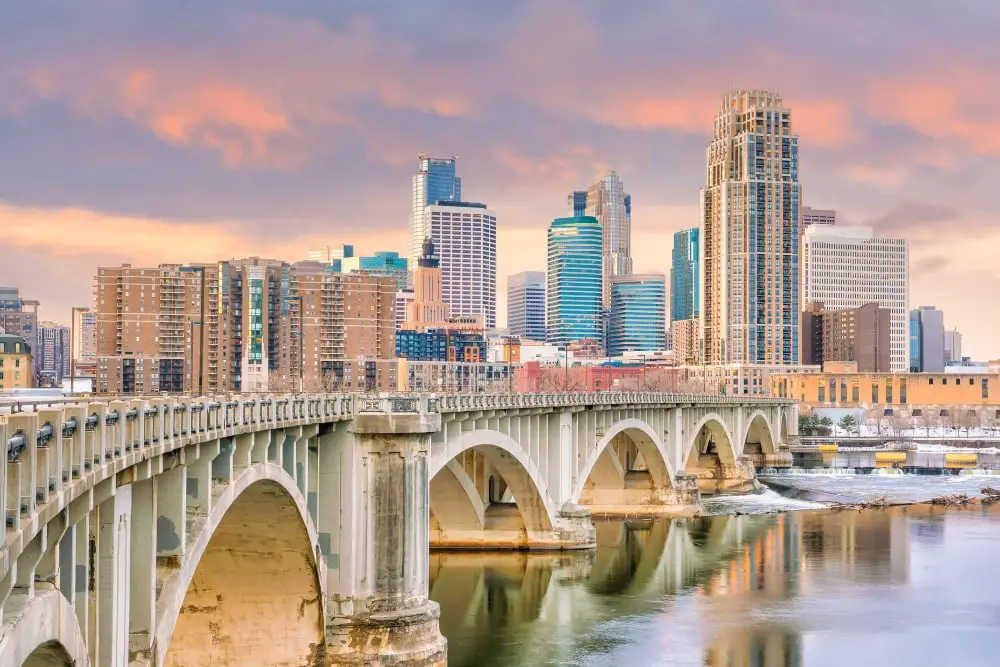
Shortline and Terminal Railroad Jobs in Minnesota
Cloquet Terminal Railroad
The Cloquet Terminal Railroad is a shortline that commenced in 2002. It’s a relatively new shortline. But, it is doing great so far. Overall, the network spans 6 miles of track. Additionally, their network interchanges with two class Is. These are the Canadian Pacific and BNSF. The company is also owned by Cloquet Terminal Railroad.
Contact the company directly for job openings and employment.
Minnesota Commercial Railway
This shortline dates back to 1987. Since then, it has been running approximately 150 miles of track. The network runs within the Twin Cities. Additionally, it contains a wide variety of traffic.
Their employment application is available on their career page. Click here.
Minnesota Northern Railroad
This shortline is larger than most shortlines in Minnesota. The Minnesota Northern Railroad runs more than 200 miles of track. Its route span mostly to the west of Minnesota. Most of its traffic and transport are agri products.
Contact the company directly for job openings.
Minnesota Prairie Line
The Minnesota Prairie Line is one of the subsidiaries of Twin Cities & Western. This shortline runs almost 100 miles of track. Additionally, its trains run from Granite Falls to Hamburg. MPL’s service area also includes Minnesota’s most agriculturally profitable regions. The company also works hand in hand with the MVRAA to promote industrial prosperity in the state.
Learn more about the company and its opportunities by clicking here.
Minnesota, Dakota & Western Railway
This Class III railway was built in 1910. Boise, Inc. now owns and operates the business. Currently, it provides transportation to the paper mills in Ontario and International Falls. Moreover, this shortline does an interchange with Canadian National in Ranier. All in all, it runs 4 miles of track.
Ellis & Eastern Railroad
South Dakota is the primary market for this shortline. In 2017, it eventually incorporated Minnesota into its roster. Moreover, it purchased the Minnesota Southern Railway. This network ran through Manley and Agate. Here, BNSF and Union Pacific also undergo interchanges. As of the moment, this shortline runs a total of 41 miles of track.
Learn more about the Ellis & Eastern Railroad here.
Northern Lines Railway
Ownership of this shortline is maintained by Anacostia & Pacific. Between St. Cloud to Cold Spring, it covers a distance of around 25 miles. An outpost in St. Joseph’s County is also part of the network. If you’re looking for work, you may reach Anacostia via its website. Click here!
Otter Tail Valley Railroad
This class III shortline commenced in the 1980s. G&W’s extensive network includes this 81-mile route. Otter Tail Valley Railroad runs through Moorhead, Ferus, and Fargo. It also has a western expansion.
Learn more about the company by clicking here.
Progressive Rail
The Progressive Rail shortlines run in three states. Besides operating its own shortline railroad, it also owns numerous others. Some of them are:
- Chicago Junction Railroad
- Crab Orchard and Egyptian Railroad
- Wisconsin Northern Railroad
- Clackamas Valley Railway
- Iowa Southern Railway
- Iowa Traction Railway
- Piedmont & Northern Railroad
Moreover, its color pattern was inspired by the old Minneapolis, Northfield & Southern Railway.
Learn more about Progressive Rail through their website. Click here.
Twin Cities & Western Railroad
1991 marked the beginning of operation for this privately-owned shortline. It incorporated the former Milwaukee Road from the west. Currently, the Twin Cities & Western Railroad runs 360 miles of track. Additionally, the company offers a wide variety of services. This includes transloading, car storage, and repair.
Learn more about this shortline by clicking here.
Railroad Jobs in Minnesota – The Final Word
The state of Minnesota boasts a great railroad economy. Plus, its networks allow for many employment opportunities.
So, now is a great time to kickstart your career in Minnesota. It’s a great state with a variety of opportunities. From class Is to shortlines, you’ve got a lot of options. You will undoubtedly find something for yourself.
But, as we stated above, working in Minnesota comes with its challenges. Mainly, the weather. Ultimately, it’s up to you if these outweigh the benefits.
Additionally, job hunting won’t always be easy. But, don’t give up! You’ll surely find a well-suite job for you in the end.
Being a railroader is also no easy feat. But, it is a great career with a multitude of benefits. You will never be in a stagnant position. Moreover, the pay and benefits are great.
If you’re still expanding your options, we can help! We’ve got a list of railroad jobs per state. Click here.
And if you want to learn more about the railroad, we’ve got informational posts to help you out.
This finally wraps up railroad jobs in Minnesota. We wish you all the best in your career!

